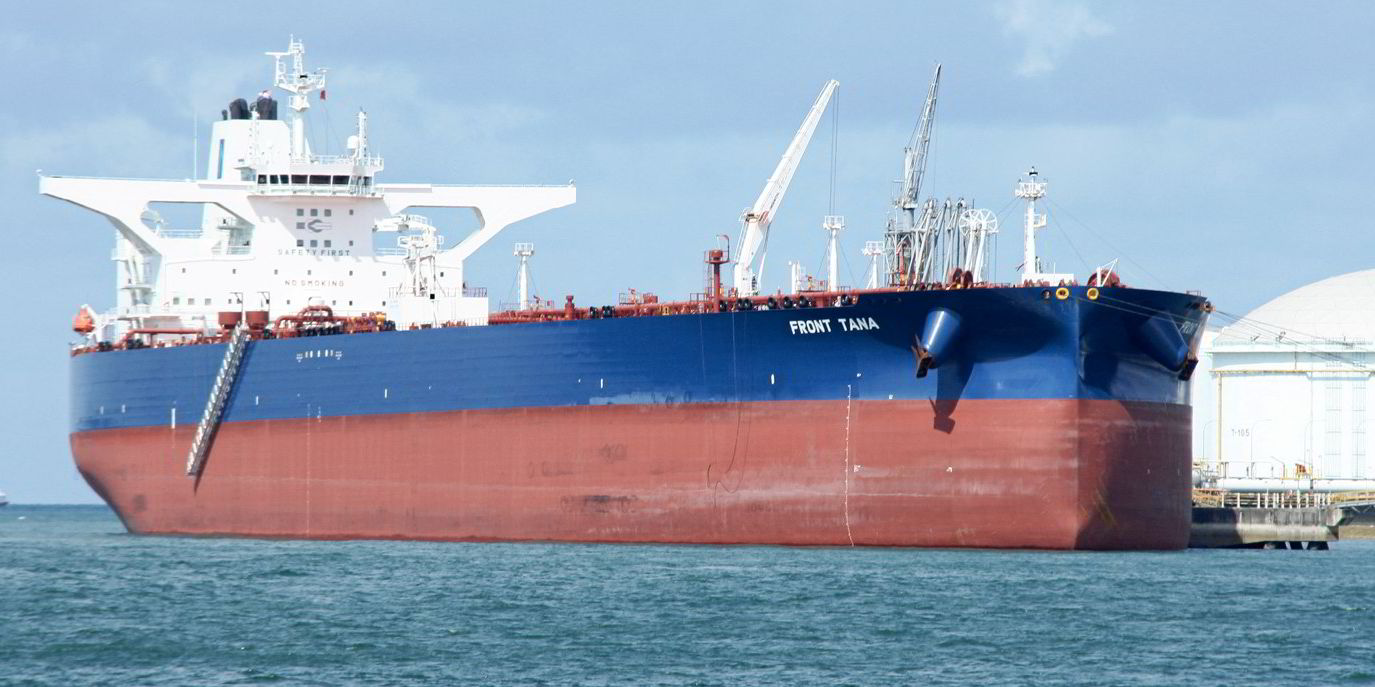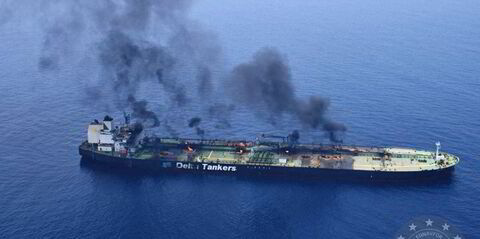VLCC fixtures for voyages into South Korea and continued gains in the aframax spot market lifted a key tanker index to the highest point in 11 weeks.
The Baltic Dirty Tanker Index, a broad-based barometer of crude carrier spot rates, reached 911 points on Tuesday, a one-day gain of 3.4% and a jump of 27.8% since the indicator turned upward from a low of 713 points roughly a month ago.
But it remains far below the lofty heights of December, when it peaked at 2,494.
The surge comes as average VLCC spot rates were staging another rebound, just days after nearly wiping out a bounce in September.
The Baltic Exchange’s time charter assessment for the sector returned to positive territory on Tuesday, surging to $3,043 per day from -$2,846 per day reached a day earlier and the early October nadir of -$3,808 per day.
Tuesday’s VLCC chartering data showed Middle East to South Korea runs on scrubber-fitted vessels were helping fuel the jump.
VLCC pool operator Tankers International said charterer Abu Dhabi Marine International Chartering Holdings grabbed Maran Tankers Management’s 306,200-dwt Elizabeth IA (built 2004) for the equivalent of $21,100 per day on the route.
That equates to a round voyage rate of $22,800 per day, which was still below a break-even level of $27,400 per day but was considered a jump in earnings for vessels aged more than 15 years.
On the same route, South Korea’s Hyundai Oilbank chartered the 297,400-dwt Nave Spherical (built 2009) for the equivalent of $17,700 per day. The ship is owned by Navios Maritime Partners but trades in the VL8 Pool.
That would be worth $24,500 per day on a round-voyage basis, which is a leap compared with a Middle East-to-China fixture that came in at just under $14,000 on Monday, according to Tankers International data.
The last scrubber-fitted VLCC fixed for a trip from the Middle East to South Korea fetched the round-voyage equivalent of just $19,800 per day in late August, spot chartering data shows.
Meanwhile, aframax charter rates climbed to $21,700 per day on Tuesday, according to a Baltic Exchange assessment.
That is the highest level since 28 July and marks a jump from just $7,552 per day on 11 September, when aframax rates hit their lowest point since early 2022.
While average suezmax rates have been turning downward in recent days, that could change.
“A couple more questions being asked today in the Atlantic and with VLCCs looking more positive, there is an increased feeling that rates will edge up this week,” UK shipbroker Howe Robinson said of the suezmax sector on Tuesday.
“Similarly, in the Arabian Gulf, rates increased off the back of two replacements and tighter tonnage. However, the Med and Black Sea continue to be quiet with minimal activity to report and subsequently tonnage levels remain healthy.”




